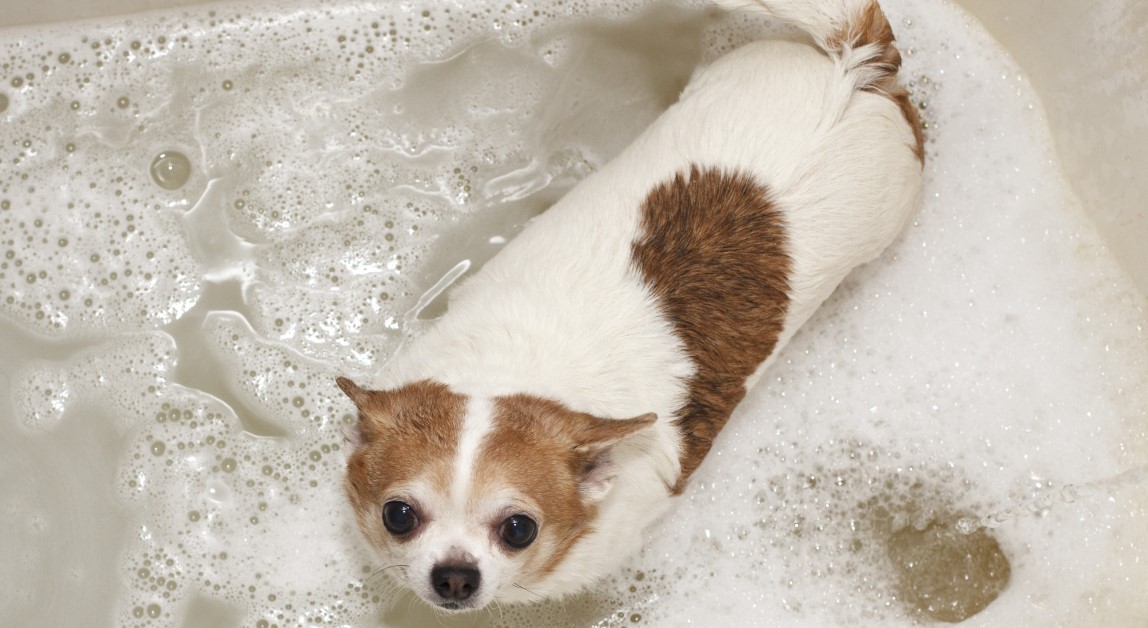Safest Cat Shedding Remedies
All cats shed, but when the hair loss becomes too much, there are safe remedies that you can try to reduce shedding.
Have you been finding your cat’s hair on your sofa, bed, clothing, and everywhere else? You’re not alone. Shedding is common in cats, especially in breeds that have many layers of hair. The primary purpose of shedding is to remove the buildup of dead hair, as well as to release natural oils in the skin to prevent irritation.
Cats generally have one to two cycles of heavy hair loss each year, followed by regrowth. These cycles often occur during the spring and fall but could happen at other times of the year. During the spring, your cat will shed its heavier winter coat and in the fall, your cat will begin preparing for the winter ahead.
Other factors can also affect shedding in cats, such as how much time the cat spends outdoors, the animal’s age, the quality of cat food, and stress. Pregnant and lactating cats also tend to shed more due to hormonal changes. While cat shedding is normal, it can be problematic for some pet owners. Fortunately, there are several safe cat-shedding remedies available.
How to Stop Cat Shedding
-
Regular Brushing
One of the best ways to help manage your cat’s shedding is by removing the hair through brushing. Take a few moments each day to brush your cat’s coat using a wire-bristle brush, such as a slicker brush for long-haired cats, or a soft-bristled brush or comb for short-to-medium length coats. Start on the cat’s outer coat and work down to the undercoat. Daily brushing also helps prevent other common grooming problems, such as knots and tangles.
-
Moisturizing Baths
While many cats don’t enjoy baths, giving your cat a bath approximately every two weeks can help reduce cat shedding. Bathing helps remove dirt, debris, and excess hair. When bathing your cat, use a gentle shampoo followed by a moisturizing conditioner. This will help soften and hydrate your cat’s coat. If you don’t have time to give your cat a full bath, use special pet wipes or a damp washcloth to clean your pet’s coat. Then spritz your cat’s coat with a pet-friendly leave-in conditioner.
-
Reevaluate Your Cat’s Diet
Nutrition plays a key role in the condition of your cat’s coat. A great way to reduce shedding is to feed your cat a balanced diet of quality foods. Your cat food should contain at least 40 percent high-quality protein and between 25 and 35 percent fat. For a healthy coat, ensure that your cat’s diet also includes omega 3 and omega 6 fatty acids, antioxidants, fish oils, and other essential nutrients.
-
Reduce Stress
Stress can have a significant impact on your cat’s health. It has the potential to elevate blood pressure, weaken immune systems, and contribute to gastrointestinal (GI), respiratory, heart, and skin conditions. Excessive amounts of stress can even cause your cat to experience excessive hair loss. Do your best to try and reduce stress in your pet’s life by maintaining a routine schedule and removing triggers of anxiety.
-
Consider Nutritional Supplements
Some pets are picky eaters and others may not eat enough. Adding supplements to your cat’s diet is a great way to ensure that your pet is getting adequate nutrition by filling these nutritional gaps. There are also supplements on the market designed to help improve your pet’s coat and skin. These supplements often contain omega 3 and omega 6 fatty acids, as well as vitamins A, D, and E. Alternatively, you could give your cat small amounts of wet food that contains these nutrients.
-
Treat Parasites
If your cat has fleas, ticks, or other parasites, it could be affecting his coat. It is important to check your pet on a regular basis or ask your vet to perform a thorough check of your cat’s coat. Fleas and other external parasites can damage a cat’s coat and cause the skin to become inflamed and irritated. In turn, your cat will likely begin to lose more hair due to scratching and overgrooming.
-
More Hydration
Ensuring that your cat remains hydrated is key to reducing shedding around the house. Cats that don’t drink enough water are more likely to develop dry skin and coats, which can result in more hair falling out. Always supply your cat with a bowl of fresh, cool water that you refill daily or several times a day if needed. It may be helpful to place several bowls of water around the areas where your cat tends to hang out, including outdoors.
When to Contact Your Vet
While some hair loss is normal in cats, sudden or excessive amounts of hair loss could indicate a more serious problem. If you notice anything different about your cat’s shedding or behavior, such as scratching or overgrooming, contact your vet’s office and schedule a visit.
Symptoms can often be gradual and sometimes not so obvious, such as small amounts of hair loss that slowly transition into bald patches. If your vet determines that your cat is healthy, ask about ways to better manage your pet’s shedding. Avoid using any harsh or unknown products on your cat without first consulting your vet.
Ready to start saving money on pet wellness care?
Then take a look at Mint Wellness, the pet wellness plan that provides fast reimbursement on routine pet care. Save on vaccinations, wellness exams, preventatives, dental, and more!
Learn More


